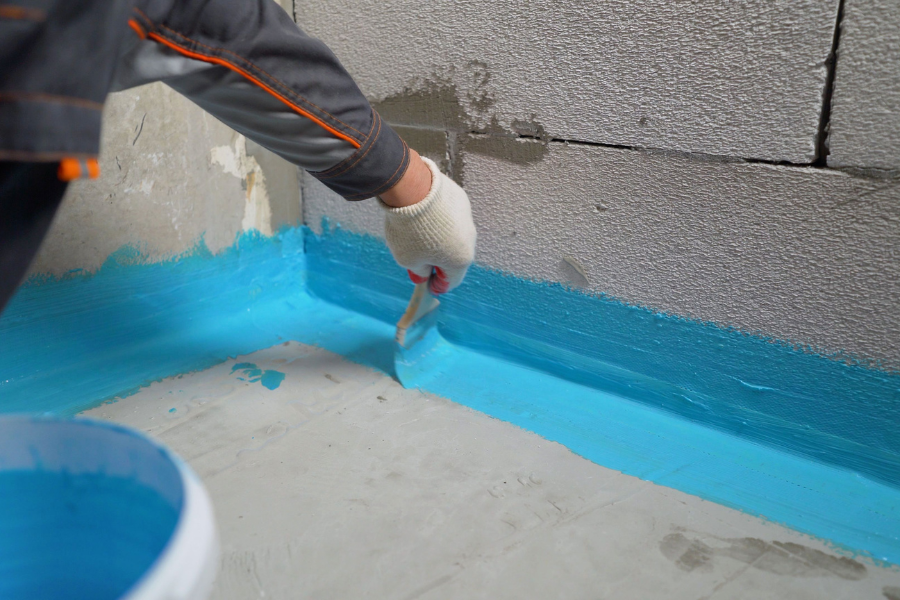No one wants a damp, smelly basement. Water down there can cause mold, cracks, and expensive fixes later. The good news? With the right steps, you can keep it dry. If you’re unsure about costs or materials, then waterproofing estimating services can help you plan things out before you start.
1. Sort Out the Drainage
If water collects around your foundation, it will push inside. So the first job is to move it away.
French Drain
Basically a trench with gravel and a pipe. It carries water away from your walls. Dig, drop in the pipe, cover with gravel, and make sure it slopes away from the house.
Sump Pump
If water still sneaks in, a sump pump pulls it out. Put it in the lowest corner, attach a pipe, and let it push water outside.
2. Seal the Walls and Floor
Concrete alone isn’t enough. It soaks water if you let it.
Outside
Best option. Dig around the walls, clean them up, then add waterproof coating or a membrane.
Inside
If outside work isn’t possible, just seal the inside walls and floor instead. A simple waterproof paint or sealant works fine. Keep an eye on cracks though—they’re the weak spots.
3. Add Some Insulation
Keeps the basement warmer and cuts down on dampness.
Walls
Rigid foam boards work well. Stick them right onto the walls.
Floors
A thin layer of foam under your floor makes a big difference.
4. Fix Cracks and Leaks
Don’t ignore small cracks. They get worse.
- Fill them with epoxy or foam.
- Seal joints around doors, windows, and where walls meet floors with caulk.
5. Keep It Up
Waterproofing isn’t “do it once and forget it.”
- Check your sump pump now and then.
- Make sure drains aren’t clogged.
- Watch for new cracks.
Wrap-Up
Keeping a basement dry isn’t rocket science. If you take care of drainage, seal the walls, and keep an eye out for new cracks, you’ll avoid most of the big problems. Do it once the right way and you won’t have to stress about it all the time.
Waterproofing also pays off in the long run. It saves you from mold, weird smells, and repairs that cost way more than prevention. Plus, a dry basement is just nicer to use—whether for storage, a laundry area, or even a living space.
And if you’re not sure where to start or what the costs might be, checking with waterproofing estimating services can give you a clearer picture before you dive in.
